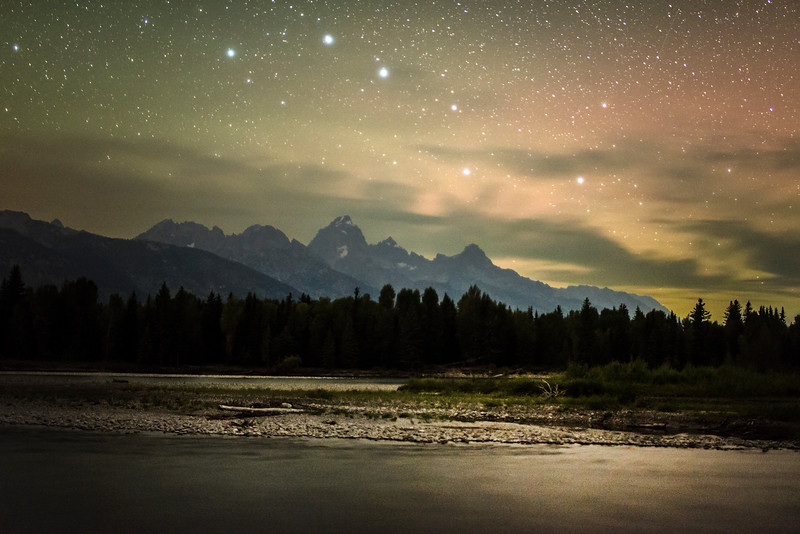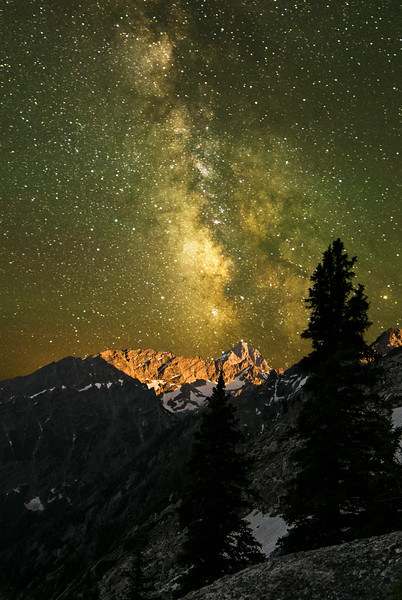- Joined
- Jun 25, 2012
- Messages
- 4,429
I thought I'd put up a discussion thread about our universe and our backcountry night skies and seed it with this. Consider this thread as kind of a companion to Night Shots and Star Trails. I was recently re-energized, as I am every summer, by the appearance of our Milky Way Galaxy overhead and the black hole at the center of our galaxy, the region of which is now visible right above the teapot lid of Sagittarius. Well the region of the sky containing our black hole is visible but that object itself is not to the naked eye but this is a subject is for a future post....
Many of my friends here ask me about the night sky when I start waxing-on in the backcountry and wonder how I know so much - until they tell me to quit yammering on for so long. Well I have always been curious about the heavens and moving to 7000' of elevation 30 years ago just improved my investigatory powers.
Let's mainly talk here about the backcountry night sky and "naked eye" astronomy - the kind of observation that most all of us are practicing this time of year and hopefully will continue as long as we work to continue to conserve another of our dwindling resource, our dark skies. Many naked eye observations involve knowing what is invisible to the naked eye but in that same region of the sky so no need to limit yourself too much.
Here is a 4 minute video that is maybe a little cheesy but gives you an idea of the scope of the problem of observing the stars in our galaxy and universe around us.
And as the young guy in the video says....
Stay Curious.
~Artemus

Many of my friends here ask me about the night sky when I start waxing-on in the backcountry and wonder how I know so much - until they tell me to quit yammering on for so long. Well I have always been curious about the heavens and moving to 7000' of elevation 30 years ago just improved my investigatory powers.
Let's mainly talk here about the backcountry night sky and "naked eye" astronomy - the kind of observation that most all of us are practicing this time of year and hopefully will continue as long as we work to continue to conserve another of our dwindling resource, our dark skies. Many naked eye observations involve knowing what is invisible to the naked eye but in that same region of the sky so no need to limit yourself too much.
Here is a 4 minute video that is maybe a little cheesy but gives you an idea of the scope of the problem of observing the stars in our galaxy and universe around us.
And as the young guy in the video says....
Stay Curious.
~Artemus

Last edited:



